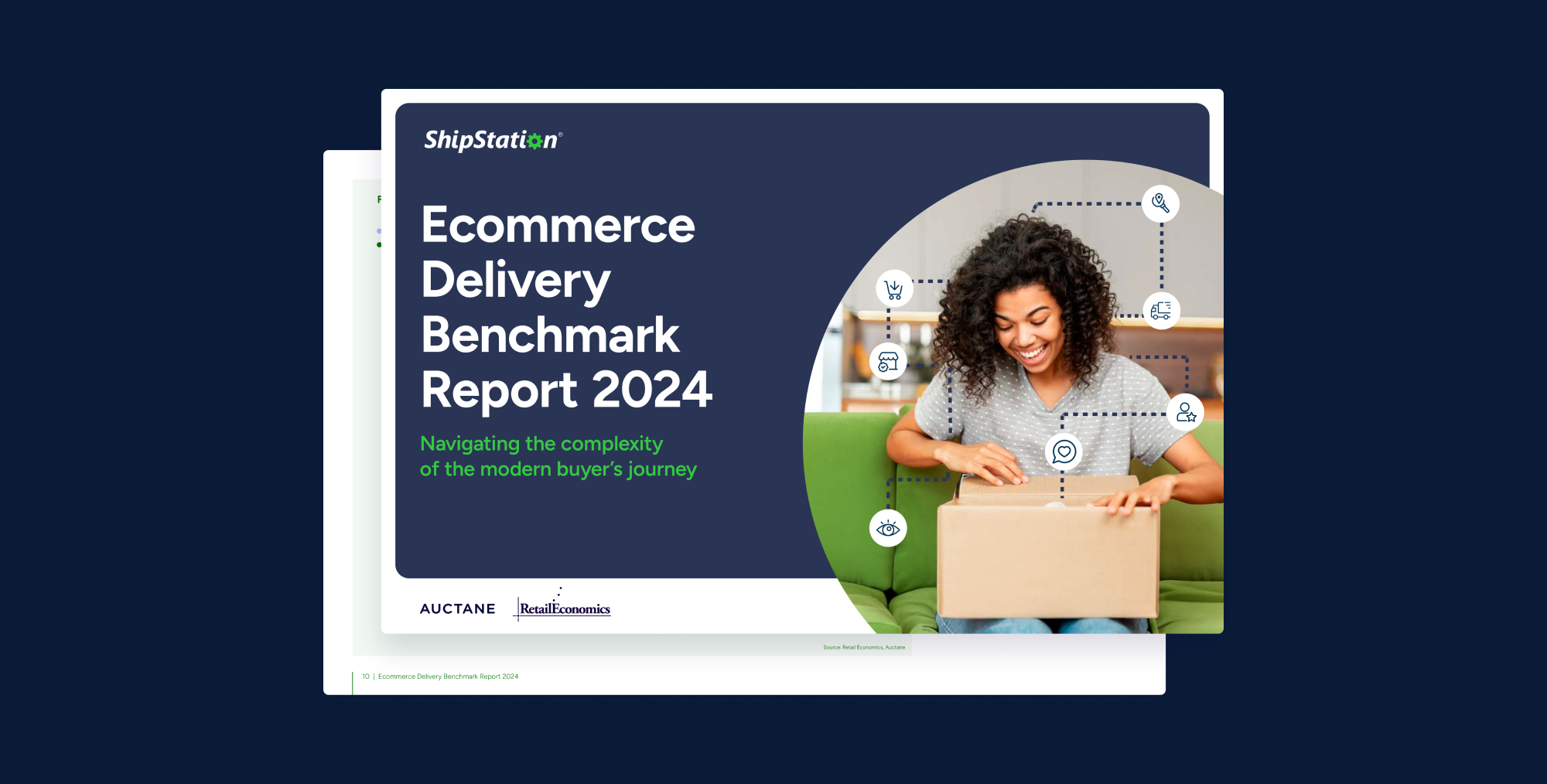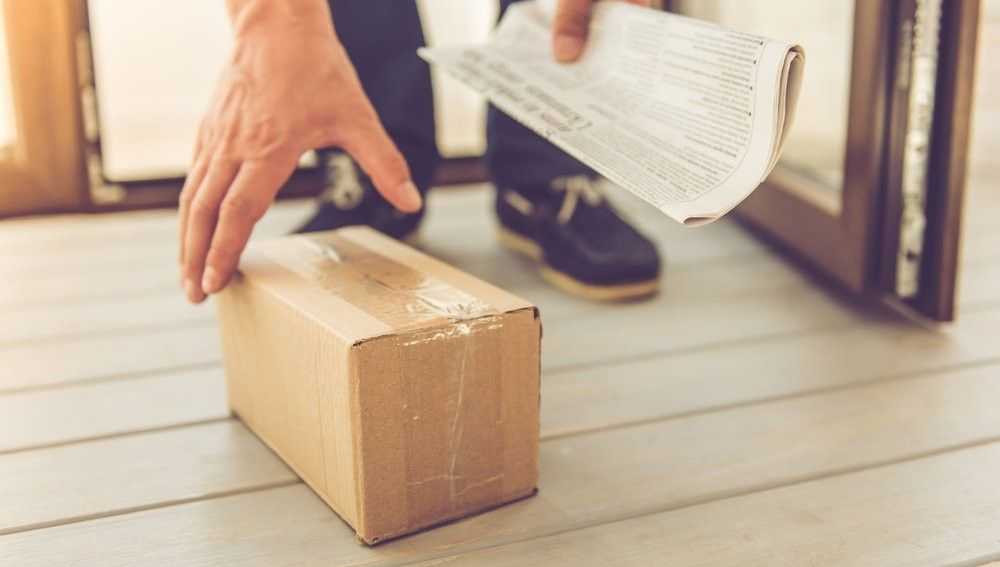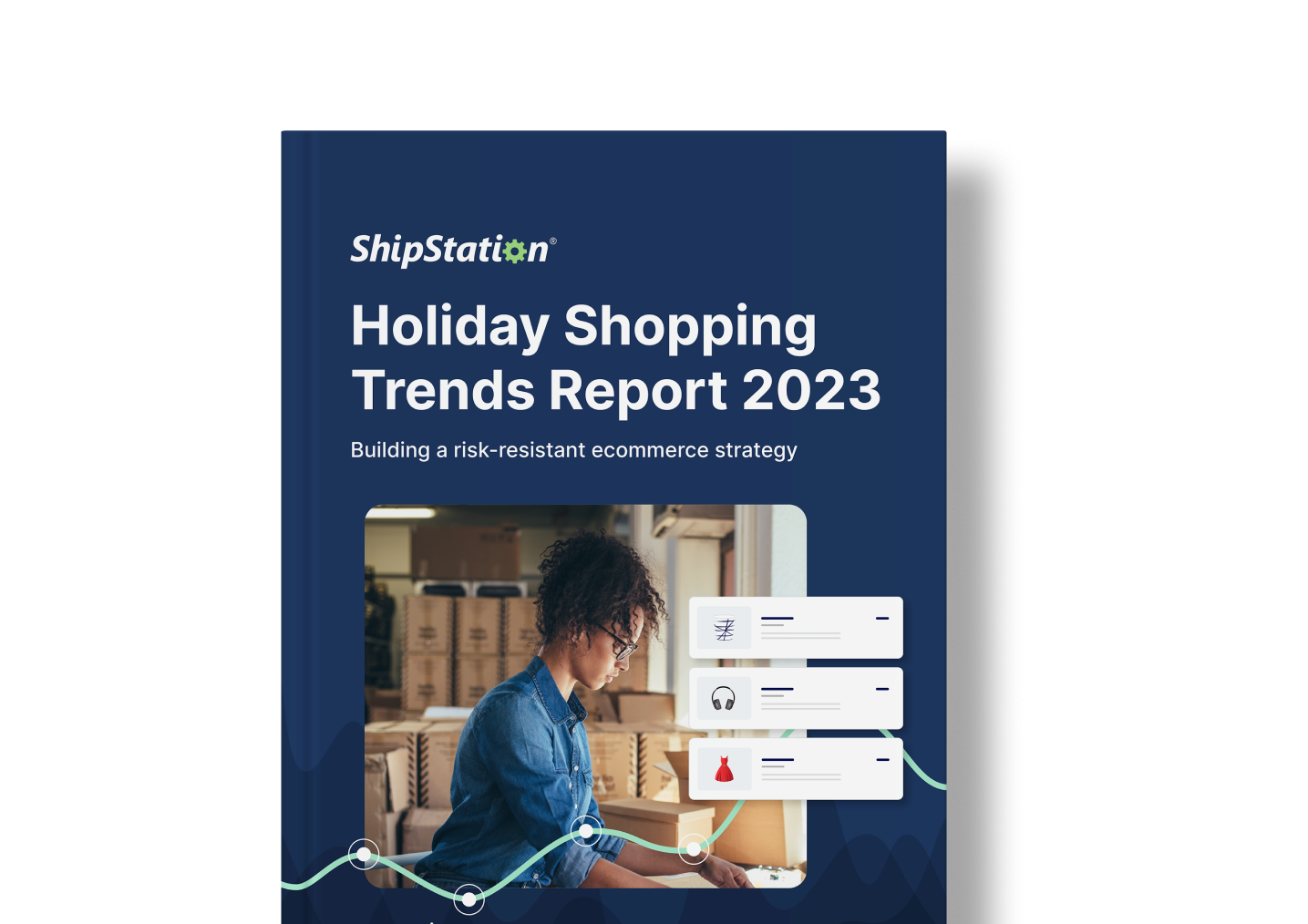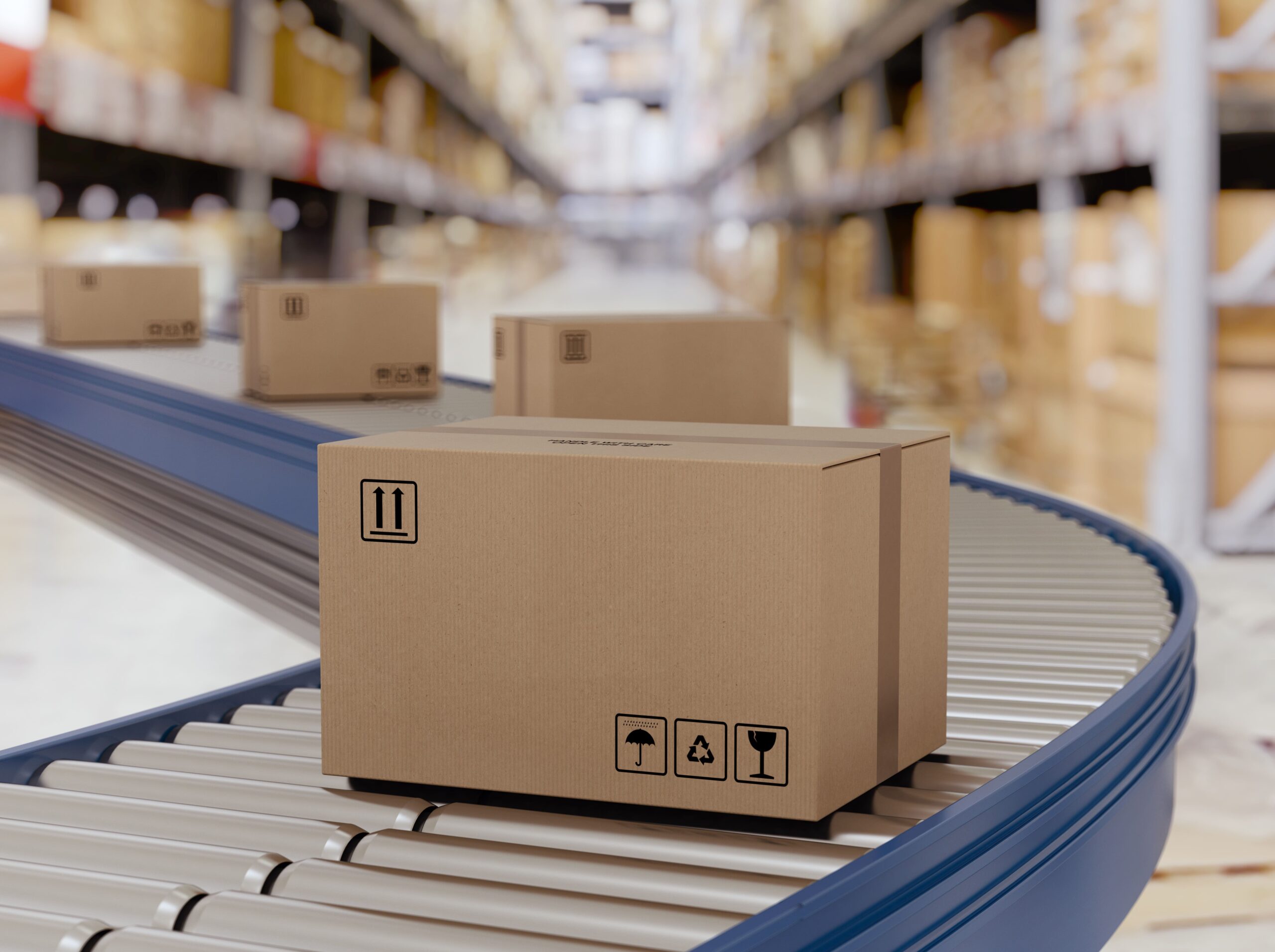3 Easy Ways to Improve Ecommerce Customer Experience
This post was contributed by Justine Jenkins of Brightpearl, a retail operations platform for retailers and wholesalers. Justine Jenkins is the Content Marketing Manager for Brightpearl, focused on creating written and social content to help retailers, wholesalers and ecommerce businesses understand the value of using Brightpearl to manage their operations.
Ecommerce customer experience strategies stretch far and wide. Yet while most businesses focus on things like site navigation, product descriptions, product videos and fast checkout, the processes that happen after a customer clicks “buy” are often left by the wayside.
But in the world of online retail, it’s the last impression that determines whether a shopper comes back to your website. If your last mile customer interactions and services aren’t up to scratch then you’ll fall foul of the slippery slope of customer happiness and negative reviews:
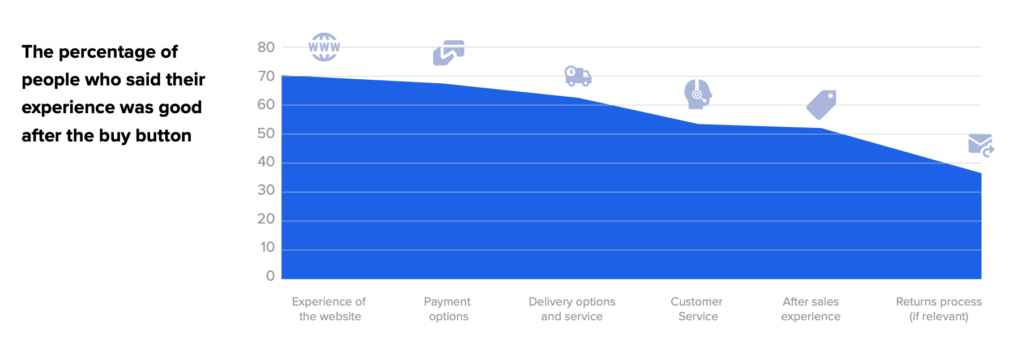
In a recent study, we found that a whopping 77% of 1-3 star reviews written about ecommerce businesses are a result of typical operational failures like:
- Slow and late deliveries
- A lack of delivery updates and communication
- Items being listed as ‘out of stock’ after purchase
- Items not arriving at all
- Expensive or unexpected shipping fees

So what can you do to offer a good customer experience and improve loyalty for your brand? The three fundamental yet simple tips below seek to answer that question.
1. Assess your business honestly
To know exactly how to improve customer experience, you need to assess your business honestly against important retail KPIs.
As our research indicates that the bulk of ecommerce businesses need to improve their last mile interactions, we’d recommend focusing on Perfect Order Rate and Processing Cost Per Order to start with.
Perfect Order Rate
Your Perfect Order Rate indicates how often incorrect items are shipped out to customers, whether orders are shipped on time and how often goods are returned back to you.
If you ship everything on time, have no customer returns or any other problems with orders, then your business will have a Perfect Order Rate of 100%. The easiest way to track your percentage is to record the number of failures and subtract them from the total number of orders shipped out the door.
For example:
If you shipped 1,500 orders in a month, had to re-ship 60 orders due to product issues and received complaints from 10 customers about slow delivery, then your Perfect Order Rate would be:
1560 – (60 + 10) / 1560 = 95.5%NB: The 60 replacement orders are included in the shipped total of 1560 as they also have the potential to go wrong.
Processing Cost Per Order
Your Processing Cost Per Order establishes how much it costs your business to ship each order out of the door and uses this calculation:
Cost of Operations / Number of Orders
Your Cost of Operations includes your fixed costs (e.g. warehouse rent) and variable costs that increase in relation to order volume (e.g. packaging). When figuring out what your business needs to track, make sure you only include costs associated with shipping orders to customers.
Fixed Costs
Warehouse rent $3,400
Warehouse salaries $9,200
Total $12,600
Per order $6.00
Variable Costs
Packaging $1,100
Total $1,100
Per order $0.52
Your Processing Cost Per Order would be $6.52.
2. Get on board with best-in-class services
Getting customers to stick around for the long haul is tough – but worth the effort. An oft-quoted statistic states that attracting a new customer costs five times more than keeping an existing one.
However, you’ve got a hard mountain to climb as big box retailers like Amazon have conditioned shoppers into expecting 24 hour delivery and a whopping 79% of shoppers will leave a negative review online following a bad experience.
Actively building brand loyalty through best-in-class services like BOPIS, same-next day delivery and hassle-free returns is the answer.
How? You need to automate.
3. Automate your operations
Automated back office systems like Brightpearl add speed and efficiency into your retail operation, enable world-class customer service at every touchpoint and free up vital time and money to be reinvested back into your business.
You’ll gain the power to:
- Automatically update inventory levels across online and offline channels
- Instantly route orders to specific warehouses
- Automate shipping label creation and tracking reference information with integrations to systems like ShipStation
- Invoice orders in real-time based on a set of preconfigured rules
Here’s how to do it:
- Map out your existing workflows with a design tool like Lucidchart. This will help you to identify how best to manage your orders, returns, inventory and customer data, while correcting bottlenecks.
- Determine your criteria and actions for each channel. It’s important to understand what criteria you have for each channel and what actions should be prompted so you can see what automation rules you need and when.
- Setup your automation rules. You’re now ready to use a platform like Brightpearl to automate your business. It’s easy to set up automation rules; you don’t need a developer and you can choose from dropdown menus to help you decide what to automate if you’re unsure.

